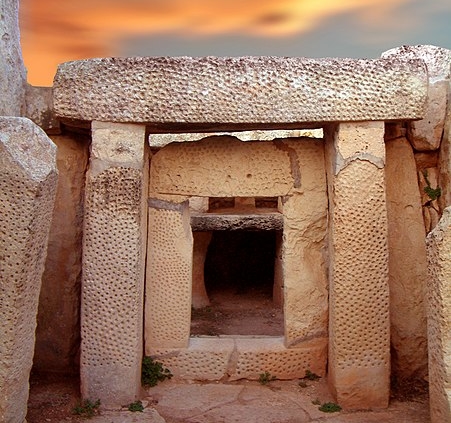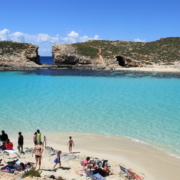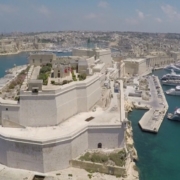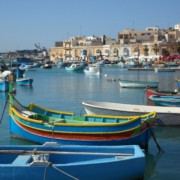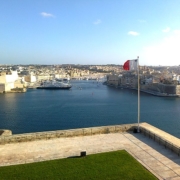Welcome back to our weekly appointment… today we are going to focus on the Top Maltese Historical Sites that one can visit whilst on the island.
Malta offers an array of treasured locations that fascinates history buffs and culture enthusiasts. The size of the island further helps visitors experience more places during short stays.
Dating back to 3600 B.C the Hal Saflieni Hypogeum in Paola was used as a sanctuary and for burial purposes. This underground temple yielded a wealth of artefacts such as pottery, bones and ornaments. This monument is considered as an essential prehistoric place to visit in the world.
There are other historical sites located in the south of Malta. Ħaġar Qim is a megalithic temple complex composed of prehistoric chambers, a single megalith weighs approx. 20 tons. This prehistoric observatory overlooks the sea and the islet of Filfla. The famous ‘fat lady’ statues along with other artefacts were found in Hagar Qim.
A short walk will take you to the temple of Mnajdra. In this well preserved temple archaeologists found a large amount of flint knives and animal bones suggesting it was used for religious, sacrificial and ceremonial rites. The world famous spiral carvings are also found here and one can observe the Equinox in March and September.
Ghar Dalam cave and museum in Birzebbuga has by far the oldest artefacts found in Malta. In the lower layers of the cave which date back 500,000 years one finds the only specimens of Ice Age animals on the island. These include dwarf elephants, micro mammals and birds.
Gozo is renowned for the oldest standing structure in the world, the Ggantija Temples. This site is older than the pyramids in Egypt and Stonehenge in England. Two other sites worth visiting while in Gozo are the Cittadella (dating back to the middle ages) and a naturally hewn window shaped rock in Wied il-Mielah, Ghasri.
Back to Malta and similar to the Cittadella is the old capital city of Mdina. This fortified city boasts its own range of historical places to visit, such as, the bastions, the architecture, the National Museum of Natural History, the cathedral, dungeons and views of the surrounding countryside.
Also known as ‘the Silent City’, Mdina takes you back in time due to its vehicle restriction and silent streets. Found within walking distance is Rabat where one can visit the Domus Romana and St Paul’ s Catacombs.
From the old to the ‘new’, Valletta is the current capital city of Malta, also European Capital of Culture in 2018. Once in Valletta, one is immediately immersed in its history. This UNESCO world heritage site was built by the Knights of St John. There is a new experience around every corner.
Notable places to visit are St John’s Co Cathedral with the famous painting by Caravaggio, the various Auberges especially Auberge de Castille (Office of the Prime Minister), Auberge d’ Italie which houses the Malta National Community Art Museum (MUZA), The Grandmaster’s Palace which houses the Armoury of the knights and the old Parliament Building.
Another important landmark is the National Library where all the important documents and manuscripts from Malta’s history are kept. Overlooking Malta’s majestic grand harbour is Fort St. Elmo. This celebrated fortress is remembered for the role it played in the Great Siege of 1565.
From Valletta one can easily board a ferry that will take you to Vittoriosa. One of the three cities directly facing Valletta. Otherwise you can also board a traditional boat to feel the grandeur that the bastions surrounding the cities impose.
In Birgu there is another important fortress named Fort St. Angelo which also had a crucial role in the Siege. Whilst in Birgu one must visit the Inquisitor’s Palace. This extremely well preserved palace showcases the Maltese Inquisition from 1574 to 1798.
This whirlwind historical tour is just a taste of what Malta can offer. So pack your bags, charge your camera and immerse yourself in our history.

